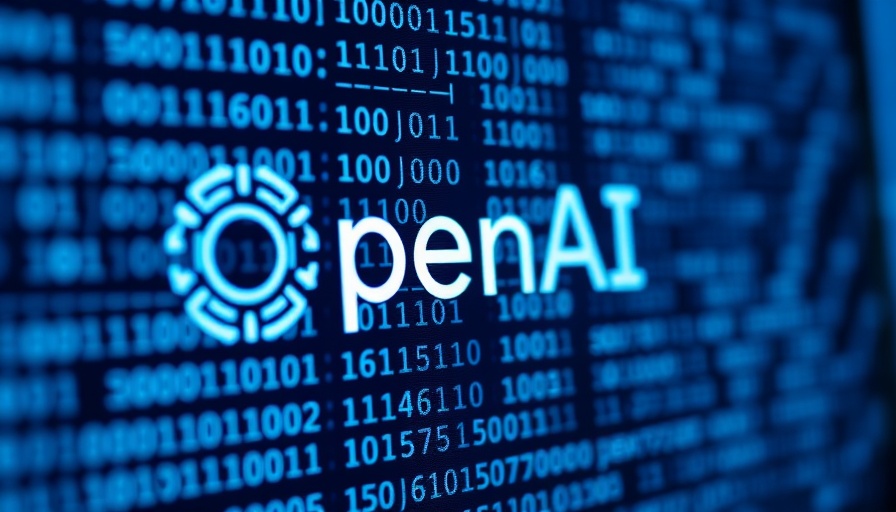
Introducing OpenAI's o1-pro: A New Era in AI
OpenAI has made waves in the artificial intelligence (AI) community with the recent launch of its most expensive AI model yet, the o1-pro. The model debuted in OpenAI's developer API and represents an advancement over its predecessor, the o1, which focuses on reasoning capabilities. The new model is specifically designed to deliver consistently better responses, thanks to its increased computational power.
The Price Tag: Is It Worth It?
The o1-pro comes with a hefty price—$150 per million tokens input and $600 per million tokens output. This pricing structure is notably steep, priced at double the cost of OpenAI’s GPT-4.5 for input processing and tenfold the regular o1. Such costs raise questions: is the enhanced performance truly justified? OpenAI asserts that developers will find value in the improved responses offered by the model, as it aims to tackle more complex queries effectively.
Community Feedback: Initial Impressions
Despite the promising features, early impressions of o1-pro have been mixed. Users noted its struggle with relatively straightforward tasks, including Sudoku puzzles and optical illusion jokes. On OpenAI’s internal benchmarks, o1-pro showed marginal improvements in performance, delivering answers more reliably for coding and math problems, yet overall, the gains seemed minimal compared to the standard o1 model.
The Implications of Advanced Reasoning in AI
The increasing computational demands of models like o1-pro bring attention to a significant trend in AI: the quest for deep reasoning capabilities. Enhanced reasoning is crucial for a multitude of applications, from tech development to personal assistance. As AI models begin to adopt more complex reasoning patterns, developers must consider whether the investment aligns with practical outcomes.
AI Models in the Marketplace: A Competitive Landscape
The introduction of o1-pro also reflects an ongoing shift within the AI marketplace. Companies like Anthropic and Nvidia are competing to create more advanced AI systems that offer sophisticated reasoning. OpenAI’s latest development could represent a pivotal moment in this competition, potentially setting new standards for pricing and functionality.
Future Predictions: The Evolution of AI Pricing
As the AI industry evolves, so too will the economics of these advanced models. While the current pricing of o1-pro seems excessive, it may pave the way for future adaptations where more affordable options providing premium responses may emerge. Companies are likely to experiment with pricing strategies as they assess the market response to such costly models.
What This Means for AI Enthusiasts
For AI lovers and developers alike, the introduction of o1-pro opens up fresh avenues for exploration but also raises critical inquiries about value. Are developers willing to pay significant premiums for models that only slightly outperform existing options? The answer could shape investment patterns and priorities moving forward.
Actionable Insights for Developers
For those in a position to invest in OpenAI’s services, it's essential to weigh the potential benefits versus the costs. Developers should explore practical use cases that justify the premium, ensuring that their implementations of o1-pro deliver measurable improvements over previous models.
As OpenAI officers continue to iterate on their AI technologies, the conversation surrounding pricing, capability, and market positioning is critical to shaping the future of artificial intelligence. The launch of o1-pro is just the beginning as the AI landscape continues to evolve and mature.
 Add Row
Add Row  Add
Add 




 Add Row
Add Row  Add
Add 

Write A Comment